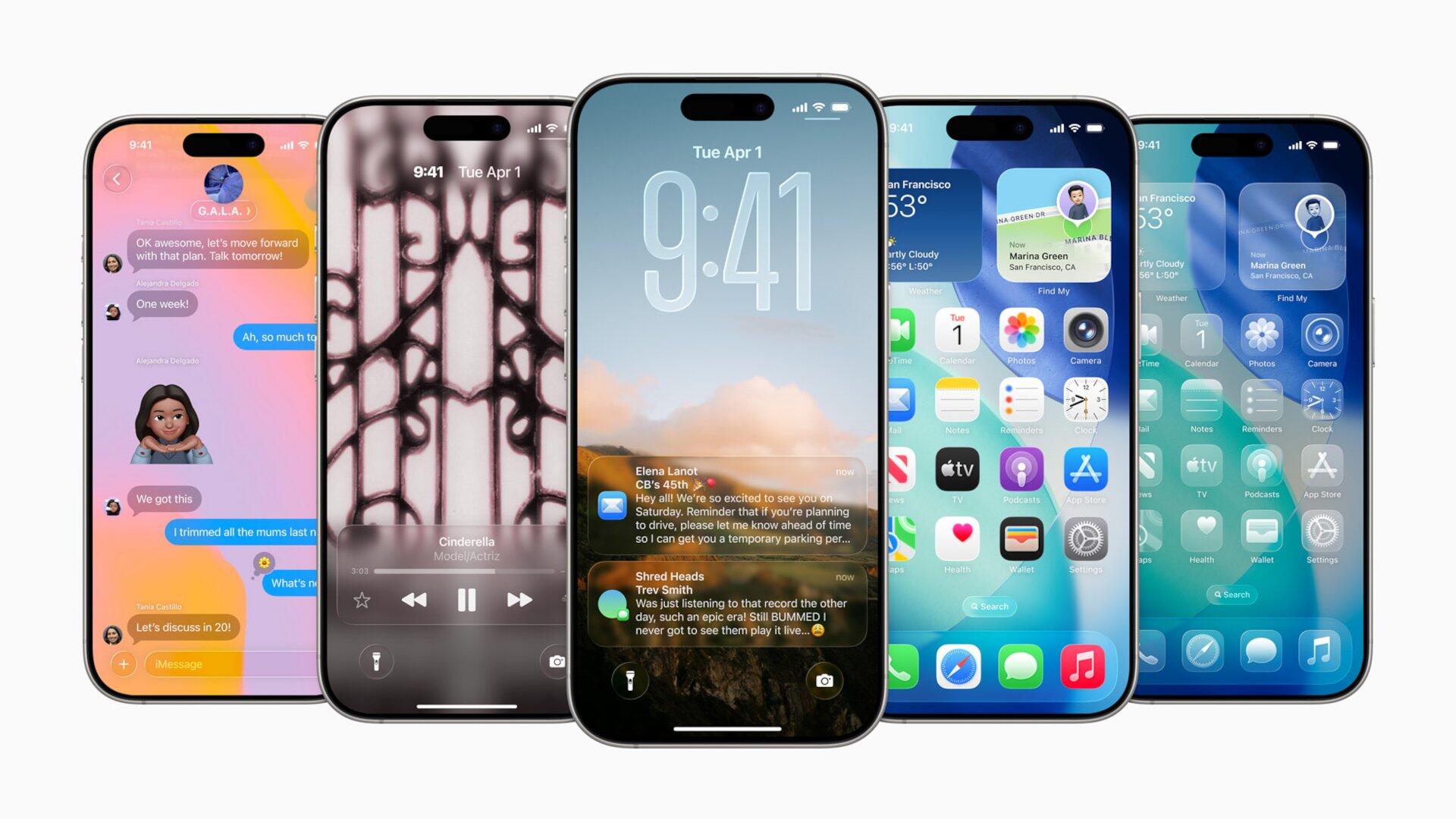In a major legal move underscoring its commitment to secrecy, Apple has filed a lawsuit against popular YouTube personality Jon Prosser and codefendant Michael Ramacciotti, accusing them of misappropriating trade secrets tied to unreleased features of iOS 26. The suit, filed in the Northern District of California, claims the duo orchestrated unauthorized access to a confidential development iPhone and used its contents to publicly showcase mockups of Apple’s next-generation software.
According to court documents obtained by MacRumors and BGR, Apple alleges that Prosser and Ramacciotti engaged in a “coordinated scheme” to break into the iPhone of Ethan Lipnik, an Apple software engineer. Lipnik, who had access to an unreleased version of iOS – internally still referred to as iOS 19 at the time – was reportedly unaware of the plot, which allegedly unfolded while Ramacciotti was staying at his home.
Apple’s Allegations: Access, Capture, and Disclosure
Apple claims Ramacciotti waited until Lipnik was away for an extended period, using a location-tracking tool to confirm his absence. With Lipnik’s passcode in hand, he reportedly unlocked the development iPhone, initiated a FaceTime call with Prosser, and showcased new iOS features, including app redesigns and interface elements.
Prosser allegedly recorded this video call using screen capture tools and later shared the footage with others to generate detailed renderings. These mockups appeared in several videos on his Front Page Tech channel, including a January preview of a redesigned Camera app, a March segment showing an updated Messages interface, and an April reveal of Apple’s forthcoming “Liquid Glass” design aesthetic.
While some features showcased by Prosser did not match Apple’s final WWDC 2025 reveal of iOS 26, many details were remarkably accurate. Apple believes this was no coincidence and instead the result of unauthorized access to sensitive data.
The Backstory: Motive and Means
The lawsuit further alleges that Prosser, aware of Ramacciotti’s financial needs, offered compensation-either monetary or via future employment-for help in obtaining Apple’s confidential information. Lipnik, who was friends with Ramacciotti and often hosted him on weekends, was reportedly unaware of the scheme as it unfolded.
However, once the renders were made public, acquaintances of Lipnik recognized his apartment in the background of the footage. When confronted, Ramacciotti allegedly confessed to the breach and claimed that Prosser had orchestrated the entire operation. Apple also cites a voice note in which Ramacciotti apologizes to Lipnik and confirms Prosser’s role.
Although Lipnik himself was not accused of participating in the breach, Apple terminated his employment for failing to secure his development iPhone and for not reporting the incident upon learning of it.
Legal Action: Injunctions and Damages
Apple is pursuing legal remedies under the Defend Trade Secrets Act, seeking both injunctive relief and unspecified monetary damages. The company has asked the court to prohibit Prosser and Ramacciotti from disclosing or using Apple’s proprietary information and to order the destruction of any related materials in their possession.
Significantly, the lawsuit notes that the accessed development iPhone may contain additional trade secrets that have not yet been made public-raising concerns about the full extent of the exposure.
Prosser Responds: Denial and Defense
Responding publicly on X (formerly Twitter), Prosser disputed Apple’s version of events, stating: “This is not how things went down on my end. Looking forward to being able to speak to Apple about it”. He added that he did not “plot” to access anyone’s phone and was “unaware of the situation playing out”.
Prosser, whose YouTube channel has over 550,000 subscribers, is known for accurate Apple predictions in the past. His supporters point to Apple’s vast supply chain and leaky internal ecosystem as part of the broader challenge the company faces in maintaining secrecy.
Looking Ahead
While Apple has previously taken action against internal leakers, this lawsuit marks a rare case involving a high-profile external content creator. Comparisons have been drawn to Apple’s legal battle with the now-defunct Think Secret blog in the early 2000s.
Whether Apple will succeed in proving willful and malicious conduct remains to be seen, but the tech giant’s aggressive legal strategy is clear: deter leaks by making high-profile examples of those who cross the line.
